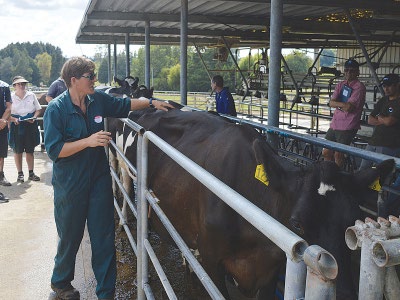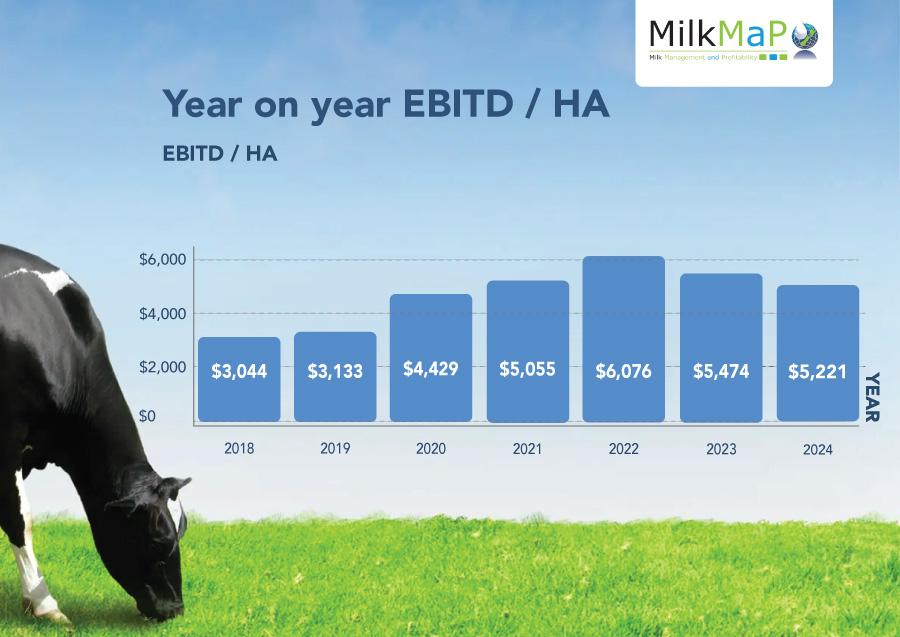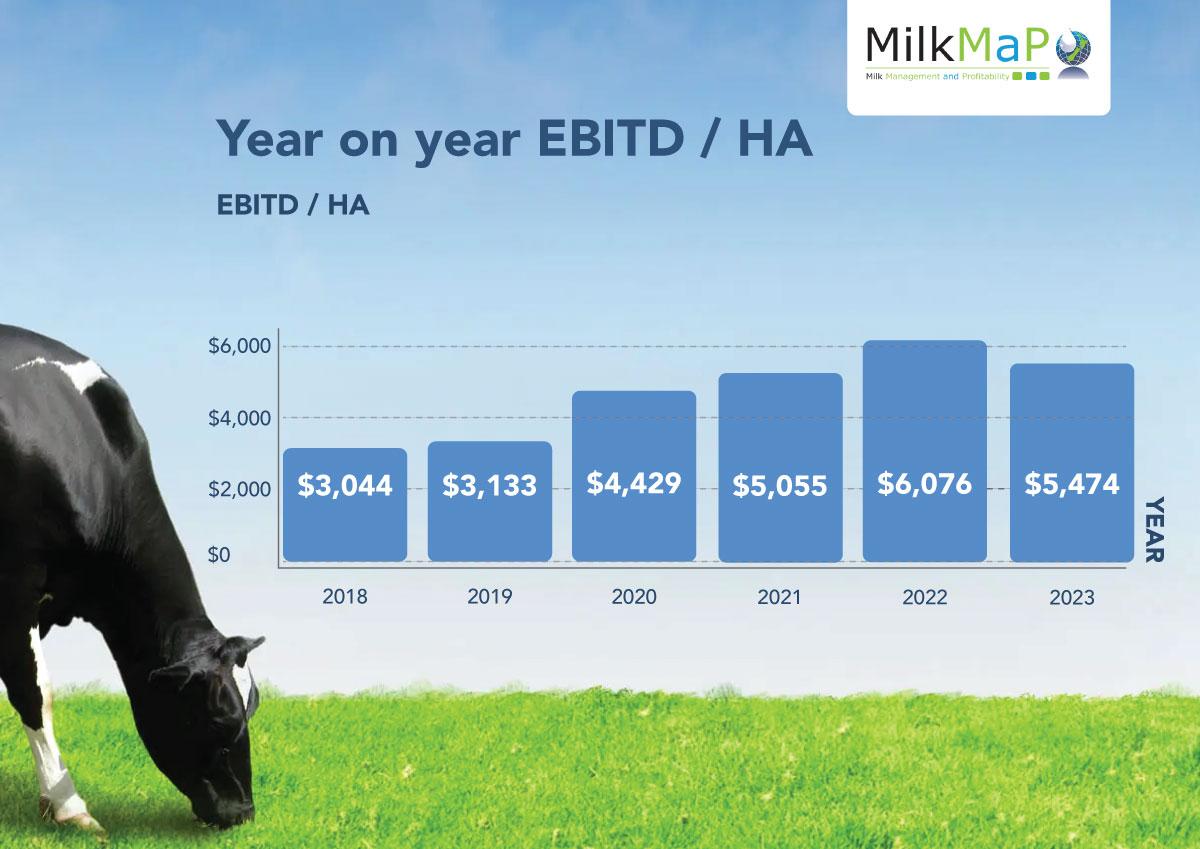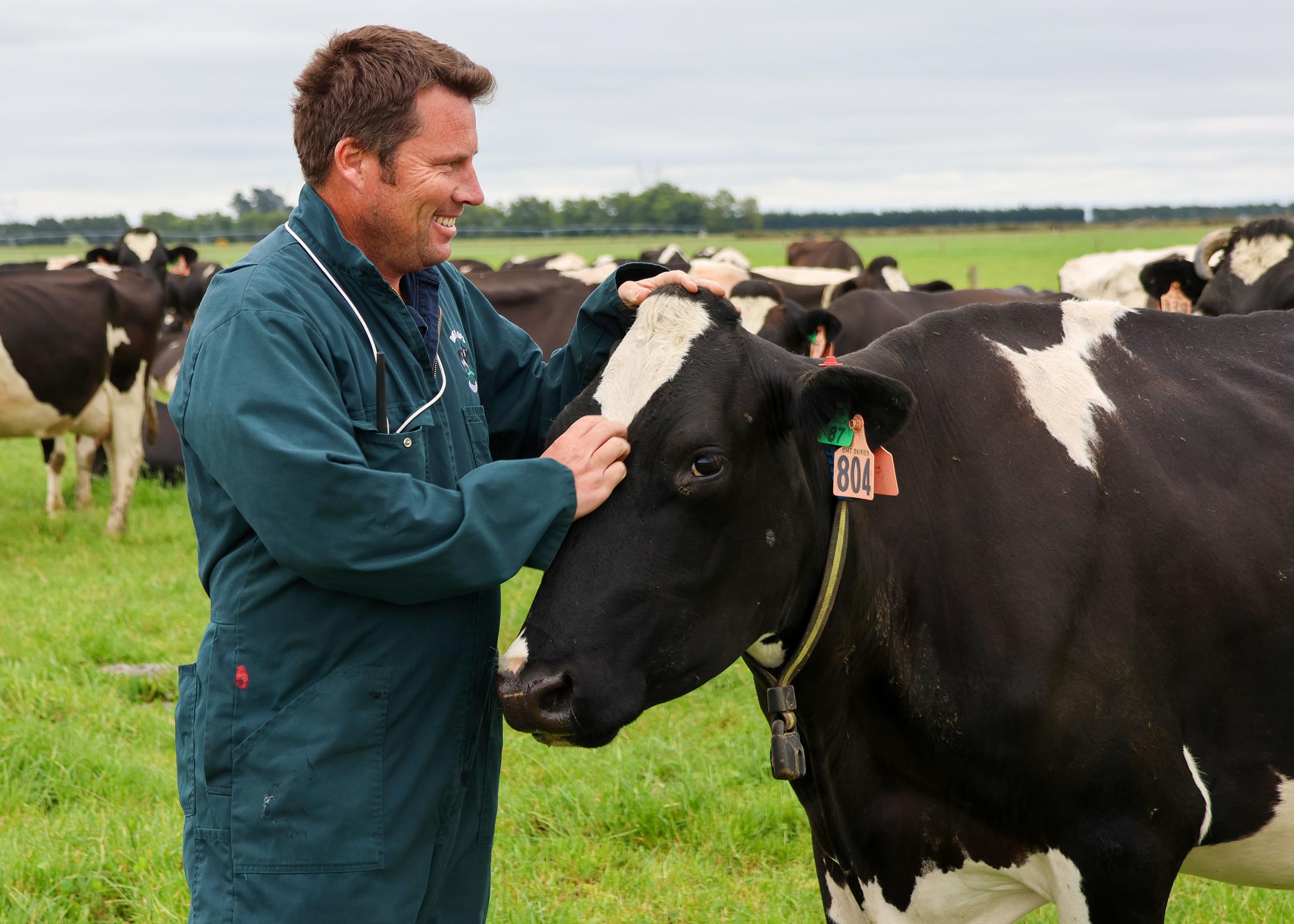Well so far, it’s hard to fault the spring we are having here in Canterbury. In general, following a relatively mild winter with good sunshine hours throughout August, our cows have come into milk well. Our Canterbury farmers on average are tracking at or above budget and heading towards a peak which should comfortably beat the last couple seasons.
Weather
Coming out of El Nino weather patterns this season gone, weather models are predicting more normal or neutral weather conditions for spring and into summer. It is being argued that we may tend towards a La Nina pattern with sea surface temperatures rising in the tropics, however it is favouring a more typical season. La Nina will bring wet weather to the North and relatively dryer conditions further South.
On average continued westerly flows for the next three weeks should see excellent warm growing days for Canterbury. However, evapotranspiration rates will be above average for most of the region so could put pressure on early irrigation. Some south westerly weather is expected at the end of this week and into the weekend with temperatures dropping to near freezing. This is possibly the start to the false spring that we often get in September, which can hurt if we have not taken a cautious approach leading in.
Pasture Position
Up to this point, farms that have not pushed cows to clean residuals during the first round are soaring. We have been arguing that residuals can be cleaned up and improved either 1) in the second round when pasture quality is excellent and cows will clean up regardless; or 2) through coming back into a paddock 10-12 days later to have another nip off and reset the cover. In the later part of August, using dry cows to tidy up covers has been working extremely well also.
Coming out of winter milk urea’s have been dramatically higher compared with last season. Milk Urea comes about through the breakdown of non-protein nitrogen fractions in crude protein that are then converted into ammonia which escapes conversion to microbial crude protein. Ammonia in the blood is toxic to the animal, so conversion to urea allows the cow to either recycle or excrete the surplus. On average, farms have managed to hold >20mg/dl which typically is only seen in October in recent years. This clearly identifies that the crude protein of the pasture has remained non limiting coming out of winter. Generally, severe frost cycles through winter and spring will drive CP low, something which hasn’t been as extensive this time round.
In herds which have had sufficient cover to hold >12kgDM/cow/day of pasture through August, have seen the best production results thus far. If pasture was limiting, it is likely your cows have had restricted production.
As we move into the start of the second round with balance date only weeks away, pasture composition will drastically change and being on top of this will ensure our cows don’t lose their peak. Typical of second round grass, the protein and energy of the pasture is non limiting if they are at full intakes. It becomes a management issue to ensure the surplus of protein is controlled effectively. I would strongly advise completing some herbage tests on 2 paddocks which will start the round off. With this information rations can be built to complement the pasture.
Milk Components
Milk components including protein and fat will change depending on the ration being offered.
Milk protein will largely remain static from this point on as cows remain in a protein surplus. However, it is important to balance the ration with readily fermentable ME sources to ensure that the rumen microbes can efficiently utilise the protein fraction. Without supporting the protein surplus with additional ME will result in lethargic cows who will often fall off from their peak rather quickly.
As the pasture in the second round will also be of very low NDF, rumen passage rate is extremely fast and often leads to poor uptake of rumen degradable protein sources. Free to access straw in the lane can help cows better regulate this complication.
Milk Fat can be controlled by a variety of factors and plays the largest role in ensuring per cow production is upheld into the second round. Some key areas include:
- Pasture Dry matter content
- Fibre in the ration
- Supplemental feed
- Including the fat content of the feeds being offered
- Cows stripping body fat to hold production
In lush spring pasture the total dry matter can go as low as 13%, typical pasture DM sits around 18-20%. Therefore, as a rule if you offer the same area as you did prior to the second round, cows could miss out on 30% of their daily allocation if not accounted for. Commonly we see this as decked out paddocks 4hrs before milking. The result of underfeeding your cows show in a spike in the milk fat test and a sudden drop in litres.
The cow will protect her production by lifting the fat % but over several days she will forgive the higher production in an effort to prevent further condition loss. Pre mowing of paddocks 2-3hours before cows enter will start a wilting process which will rapidly increase the DM of the pasture. It can be a good strategy for maximising DM intake during spring.
In the rumen, several microbes operate in varying strengths depending on the pH conditions present. In higher pH environments fibre fermenters thrive and convert the feed to acetic and butyric volatile fatty acids (VFAs). These together are precursors to milk fat production. Therefore, ensuring the fibre fraction of the ration is sufficient will help prop up fat. Straw in the ration as free to access on lane ways will help cows self-regulate. Although be mindful that on a majority pasture ration, a small amount of straw will make very little difference.
The opposite VFA, common in low pH environments include starch fermenters which produce Propionate. This VFA is a precursor to glucose production, increasing the insulin response and lifting the protein component. Highly fermentable feeds such as grain and maize will ultimately restrict the fat test but supply the energy component required to reach peak production.
Setting up for success
Caution is still the name of the game for most farms as we see what develops out of this south westerly storm cycle. Although, what is clear is many farms have second round covers not far away from being ready to graze.
If the plan to start the second round is set for the 22nd of September, take a look at the highest cover paddocks to start your second round. Say they are 2700 already, averaging 40kgDM/ha in growth gives us a sufficient pre graze in 7 days’ time (19th of September). To check this assumption:
2250kgDM/ha average cover losing 150kgDM/ha over the next 7 days = 21kgDM/ha/day Demand above growth. Therefore 61kgDM/ha/day demand required. On an average 3.7 cows/ha stocking rate = 16.5kgDM/cow/day from now to achieve a solid balance date farm position.
I would argue that this is cutting things close to the line. Soil Temperatures are sitting around 10 degrees right now, but with the weather coming in I suspect this will plummet and we might be lucky to get a week of < 20kgDM/ha/day in growth. None the less the option is available for the keen eye. Give it to the end of the week, check the weather and maybe reassess the situation.
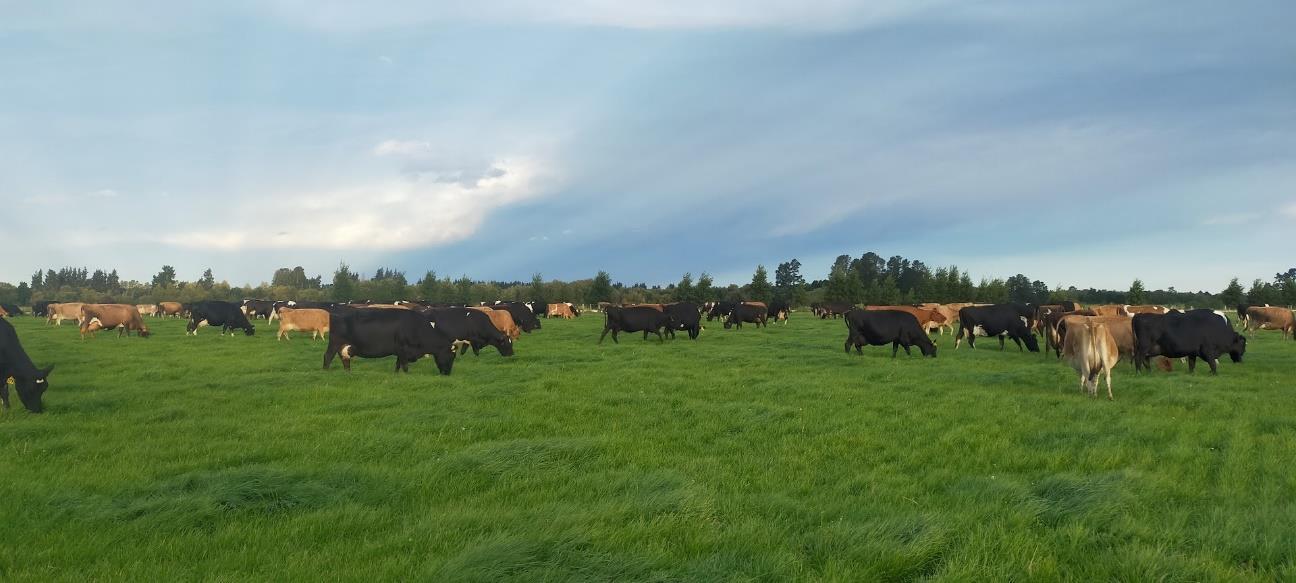
MASON GARDENER BAgrSc (First Class hons)
Farm Business Consultant
Email: mason@milkmap.nz
Mobile: 027 227 9728
Phone: 0800 662 667



